Reimagining spaces as an interior designer can be so rewarding, especially when you see the look on your clients’ faces when you’ve transformed their space into a welcoming room.
But what about the times when you totally miss the mark and clients aren’t so happy? … Awkward. You just about want the ground to swallow you up wondering where you went so unbelievably wrong. We’re sure many interior designers can relate!
A lot of the time it’s because you probably didn’t ask your clients the right questions to get to know them before you got started on your project.
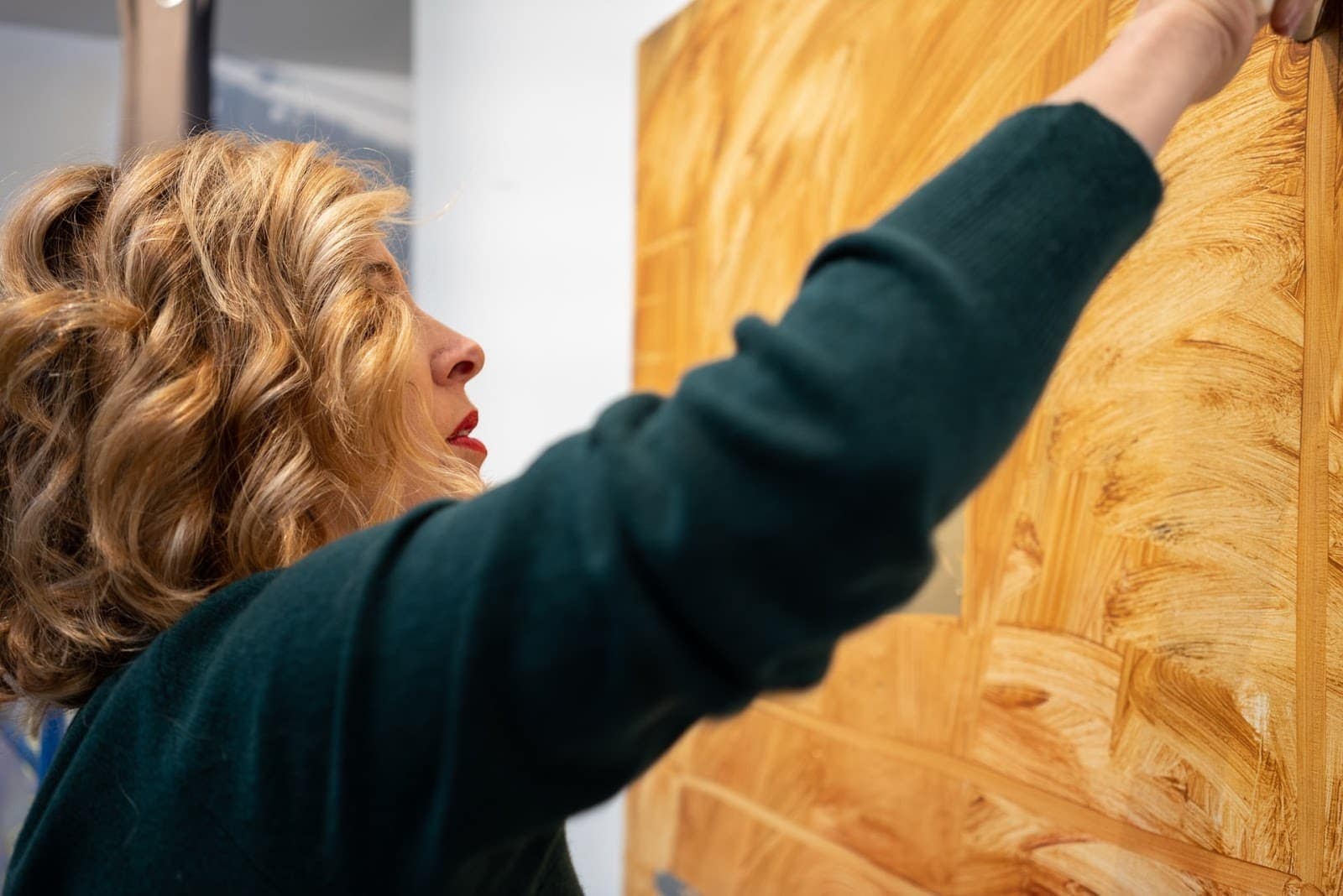
Putting together an interior design questionnaire is one way to help you gather all the right information so you don’t end up with disappointed clients. In this post, we’ll share how a client questionnaire can help your interior design business and list 30 insightful questions you can include in your questionnaire.
Get our interior design questionnaire template
Content Snare helps you get the information you need from clients. When you use Content Snare, you’ll get access to our questionnaire template loaded with questions to get you started on your own client questionnaire.
How can a client questionnaire help you nail your interior design project?
There are a few different reasons why creating an interior design questionnaire helps you in your design process.
Set clear expectations
The questions you ask in your client questionnaire will help you get to know your new client and define exactly what it is that they expect from you. The more information you get on their specific tastes, design styles, special needs, personal preferences, and budget, the more specific your project proposal will be, and the less likely you are to completely miss the mark on what you deliver.
Fill in missing gaps
Sometimes you gather great information in your initial consultation or discovery call, but then new questions come up later on. An interior design questionnaire will help you fill in any missing gaps that exist after your design consultation so you’re fully prepared to deliver your best work.
Save time
You might be asking your clients about their preferences bit by bit every time you have a check-in meeting or a phone call, but you’d save yourself a whole lot of time if you centralized all their answers in one place. Sending clients your questionnaire helps your design business save tremendously on time spent in meetings and stay more organized.
Leave a good impression
Sending a new client your interior design questionnaire after your initial consultation shows that you have solid business processes in place and are doing your due diligence to understand their needs. As your client goes through your insightful questions, they’ll start to see the value of their investment in your services. All of this can work wonders for your reputation as an interior design business and help you get those referrals!

What questions should you ask clients in an interior design questionnaire?
Questions that assess the current situation
These questions help you get a feel for how well the space is currently working or not working for your client. Sometimes you uncover some elements of the room that your client is attached to and not looking to change. Use these questions to mark down their primary complaints and make a note of what you should probably leave alone.
1. What do you love about the current design/space?
2. What do you dislike about the current design?
3. Are there any furnishings, decor items, collections, or sentimental art pieces you absolutely want to keep?
Questions that determine the intended use of the space
These questions will help you paint yourself a picture of how your client wants to use their new space and what they’re looking to get out of your design. These are very important questions to ask before you dig into design preferences.
4. What does your family (or if a business - your team) normally do in this room?
- E.g. watching TV, playing with toys, brainstorming, having meetings, doing yoga, playing video games, reading.
5. Can you describe the ages and characteristics of who will be using the space?
- E.g. young children, remote workers, grandparents, boomers, teachers, mixed demographic of professionals.
6. Do the users of this space have any hobbies or extracurricular activities that need to be factored into the design?
- E.g pilates, cooking, reading, yoga, meditation, daily naps, arts & crafts.
7. Do any users of this space have any special needs that need to be taken into account? - E.g. wheelchair accessibility, inability to reach high places, need for dim lighting, trouble with stairs.
8. What are your goals for the room/ space?
- E.g. a space for one sole purpose vs a space for mixed activities, a space where parents can work while surprising children, a space that encourages collaboration and creative brainstorming.
9. What are your technical needs for this space?
- E.g. surround sound, wifi, home theater, computers, projector, smartboard, hidden cables
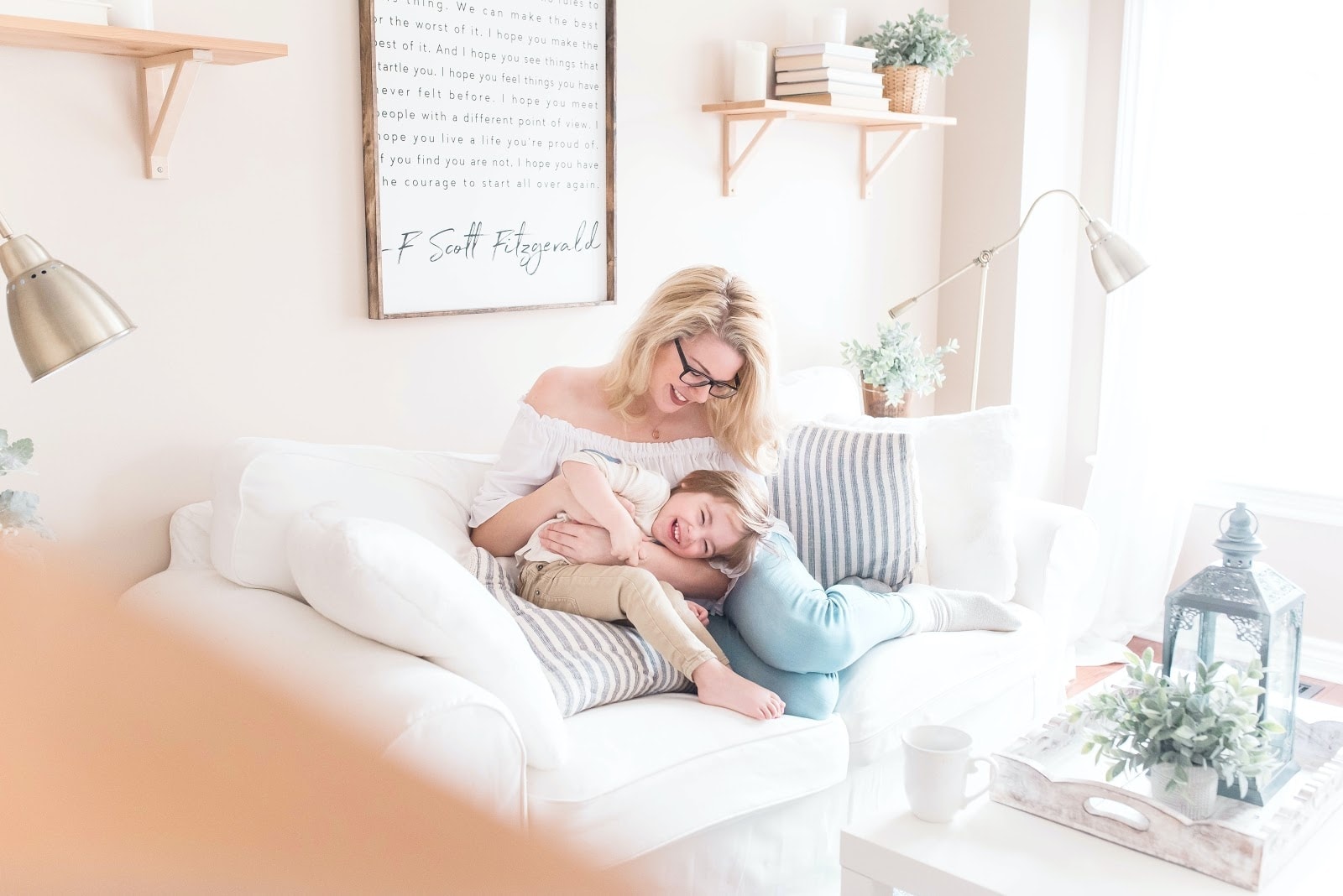
Questions that assess your clients’ design style
Ask these questions to narrow in on exactly what your clients like and don’t like when it comes to design.
A heads up - not every client will have the descriptive vocabulary to be able to communicate exactly what you want. It’s on you to help give them some ideas. For these questions, we recommend including both multiple-choice options with some ideas as well as open-ended questions so they can get more specific or mention other ideas that aren’t on your list of options.
10. What colours do you like?
- e.g. neutrals, pastels, blacks, olive greens, ocean colours, bold colours
11. Are there any colour combinations you like?
12. What colours do you dislike?
- e.g. yellows, mustard, dark colours, overly bright colours
13. What design style(s) do you prefer?
- e.g. modern, beachy, contemporary, traditional, eclectic, bohemian, other
14. What design style(s) do you absolutely dislike?
- e.g. modern, beachy, contemporary, traditional, eclectic, bohemian, other
15. What patterns, if any, do you like?
- e.g. stripes, zigzags, polka dots
16. What patterns, if any, do you dislike?
- e.g. stripes, zigzags, polka dots
17. What words would you use to describe the ideal style of the room?
- e.g. casual, formal, spacious, clean, minimal, sophisticated, lived-in, welcoming, romantic
18. Do you have any inspirational images you can share?
Tip: use a questionnaire tool like Content Snare that lets clients upload their own reference photos
19. How do you want the space to “feel”, or what mood do you want it to create?
- e.g. warm, cosy, airy, bright, lively, glamorous, welcoming
20. What are your preferences for flooring?
- e.g. hardwood, carpet, concrete, tile, marble
21. What are your preferences for artwork?
- e.g abstract, landscape, nature, photographs, architecture
Tip: You can even take these questions a step further and provide your client with images as examples. We love how this interior design client questionnaire shows images of potential patterns on page 6.
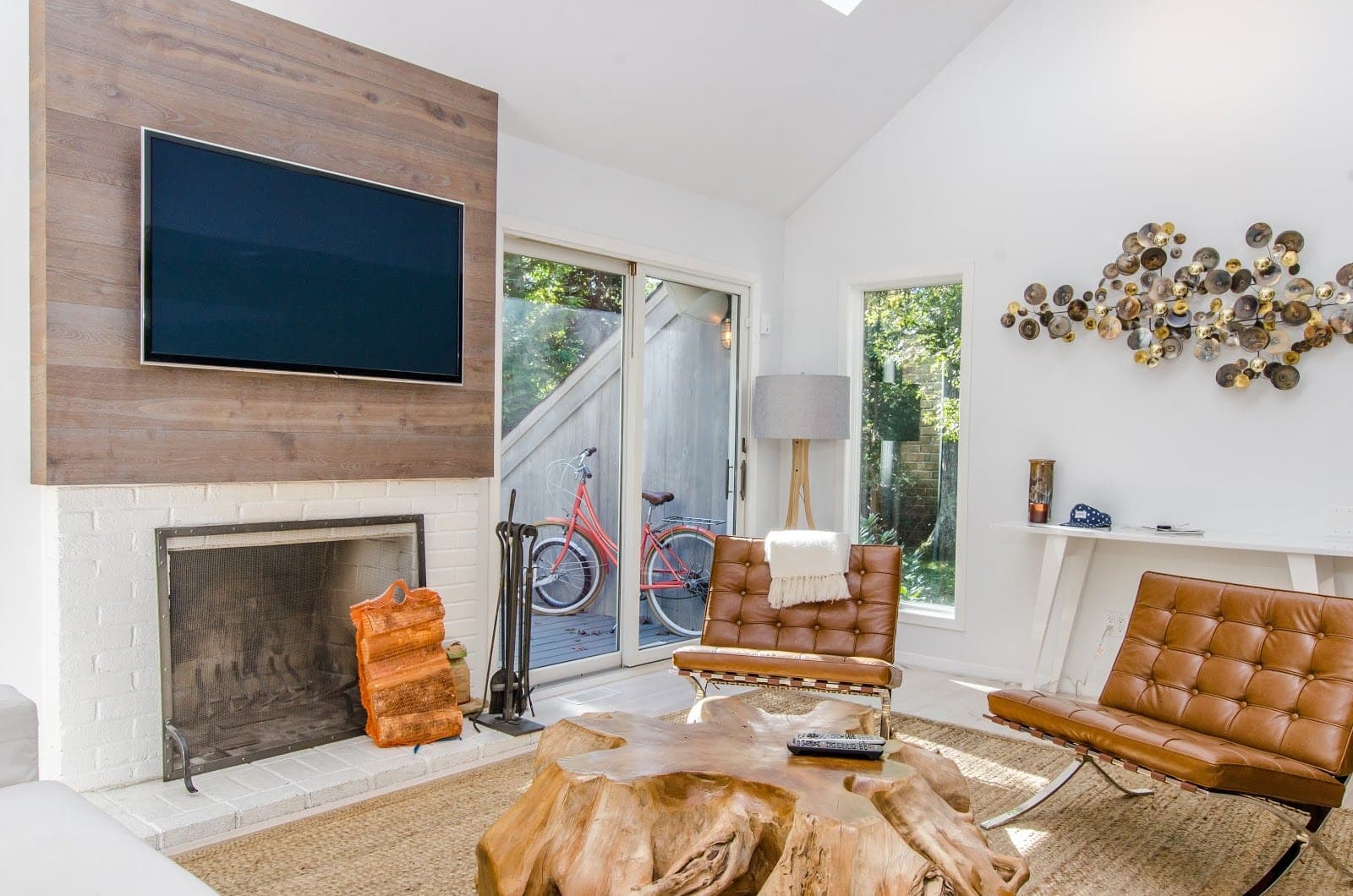
Get this complete list of questions in our questionnaire template
When you use Content Snare, you’ll get access to our complete list of interior design questions pre-loaded into a client questionnaire. All you have to do is send it over to your clients!
Questions that reveal expected working relationship and client fit
Ask these questions to get a feel for who and how you’ll be collaborating with to get the job done. You’ll need to find out who your primary point of contact is and just how involved they want to be. The answers to these questions will also tell you if the client has enough of a budget to be a fit for your design business.
22. Have you worked with a designer before?
- If yes - ask follow up questions on how the experience was: what went well and what didn’t
23. Who makes the decisions on this project?
- Follow up by asking for their direct phone number and email address
24. How involved are you planning to be with this process?
- e.g. very involved, involved, minimally involved
25. Do you want your design done in phases or all in one go?
26. If in phases, please list the rooms/areas/functionalities you’d like us to work on in order.
Questions on pricing and budget
These questions help you understand your client’s budget, how willing they are to go past it, and what’s most important to them in the project.
27. What is your budget?
- Provide open-ended questions as well as ranges for budget options
28. What is your preferred time frame for having this project complete?
29. What is more important to you, the budget or the result?
30. Are there any other services you need that I can help you with?
What are some tools for creating a client questionnaire?
There are a couple of ways you can go about this
A. Create online forms like Google Forms, Gravity Forms
Google Forms and Gravity Forms are two online forms tools worth exploring. They can be fairly easy to use but there are a couple of important considerations you should keep in mind.
1. Clients have to finish forms in one go
You always want to make life easy for your clients, but when they use forms they have to submit their information all in one go. If they need to exit out of the form for any reason, they’ll have to re-do all their work again when they come back to it. No fun! If people have to deal with inconveniences like this it will only mean there will be delays in getting content back from them.
2. You still need to use email regularly
When you use online forms, you’ll still need to do the manual work of sharing it with a client over email, reminding them to complete it, and sending follow up emails if their answers are unclear. This can be a huge time suck.
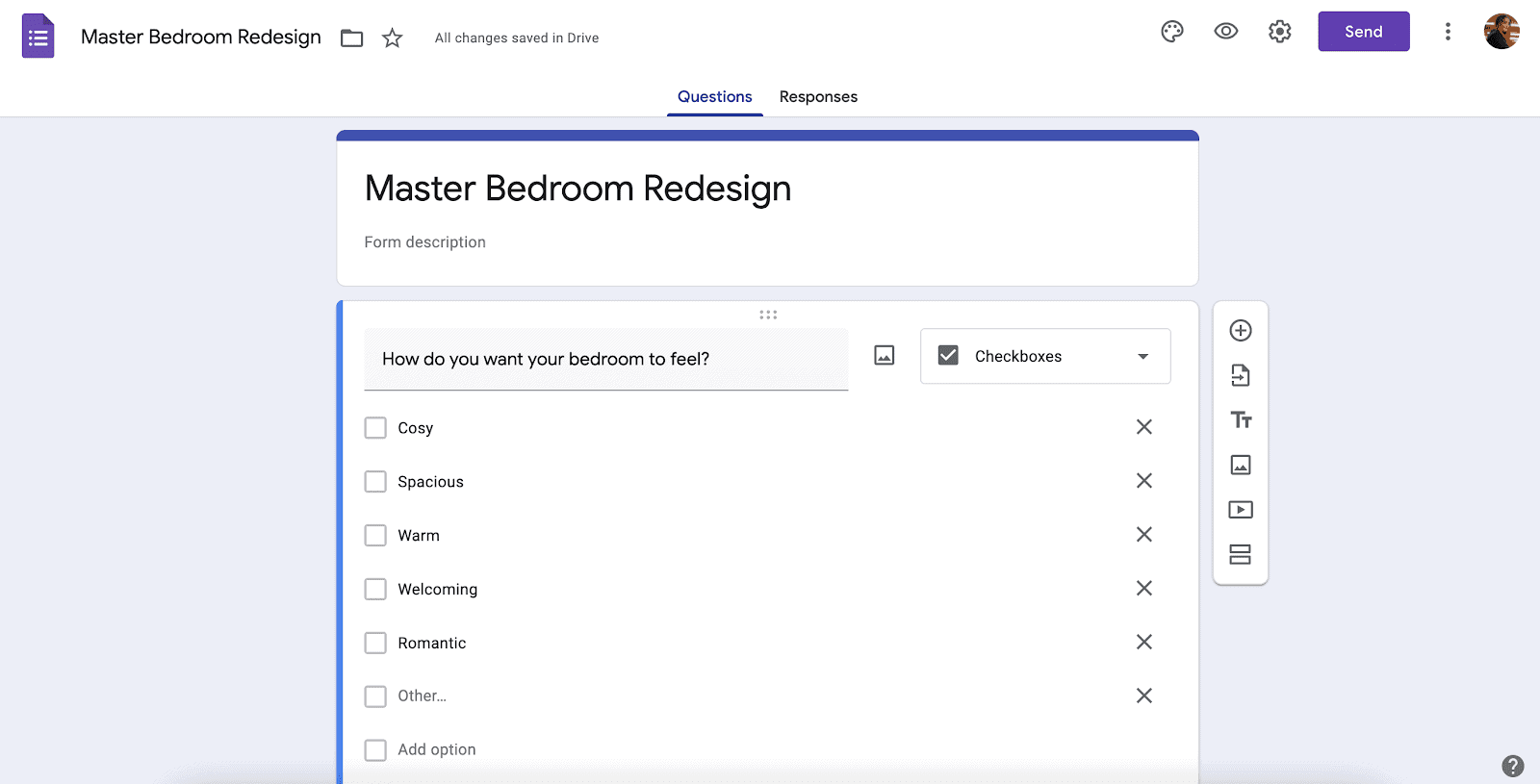
B. Use a purpose-built tool like Content Snare
Another way to go is to use a tool like Content Snare that avoids these headaches. Here’s why this option is a better choice:
1. Clients can fill out their questionnaire in their own time
When your client gets their questionnaire through Content Snare, they can answer as much of it as they want to, and come back to it later. Easy peasy. With an auto-save feature built into the forms, all information is saved and your clients can complete the form over multiple sessions, picking up where they left off last.
2. You don’t need to use email separately
Content Snare cuts out the need for you to send email reminders. You can choose how often you want the platform to send your clients reminders then sit back and let it do the work for you. Content Snare will remind your clients to complete the questionnaire till all the information is complete and received.
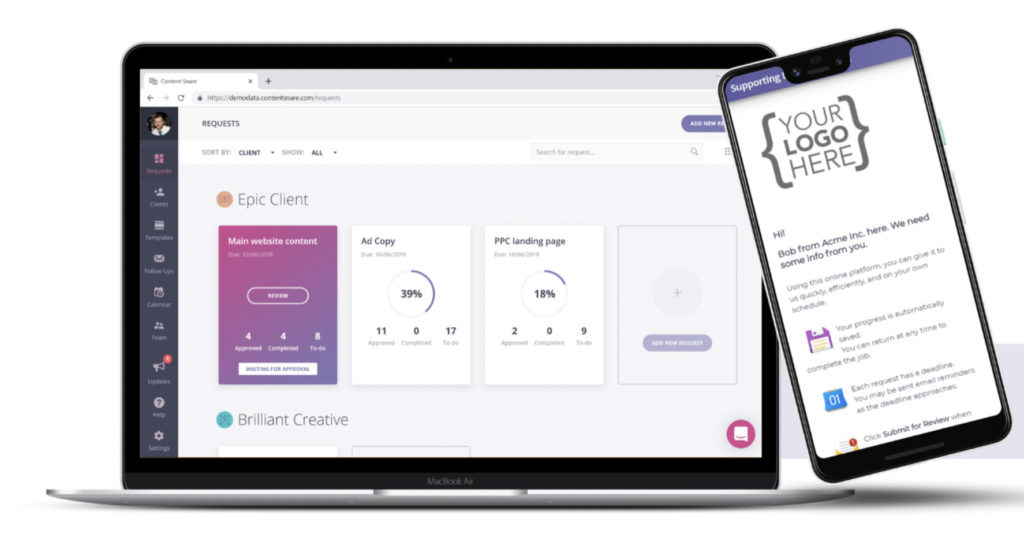
How to get your client to complete your questionnaire
So you definitely don’t want to be spending time putting your questionnaire together just so your clients don’t complete it. Here are a few tips for making sure they fill out and return your questionnaire:
1. Set your expectations early on
Any working relationship is a two-way street. When you have your discovery call or initial consultation with your client, let them know what it is that you expect from them too. Give them a heads up that they’ll need to complete your questionnaire before your designers can make any informed decisions or moves on your project.
2. Follow up or use a tool that does this for you
As much as you let your clients know what you need from them, you may still have to follow up to get the questionnaire back from them in time. You can do this manually over email and over the phone, or spare yourself the time when you use a tool like Content Snare that sends out email reminders for you till the whole questionnaire is complete.
We hope this post gave you some helpful inspiration for what questions to include in your interior design questionnaire.
Did we miss any great questions? Let us know in the comments!



